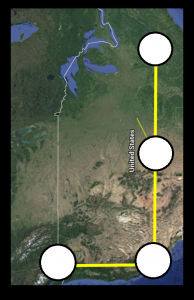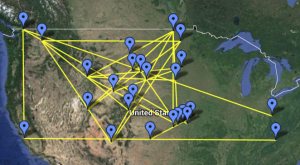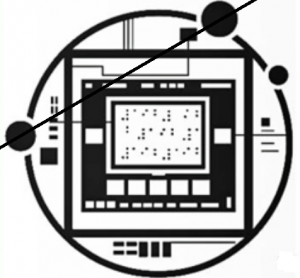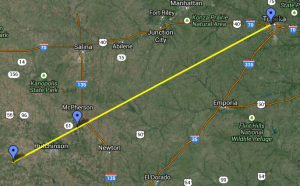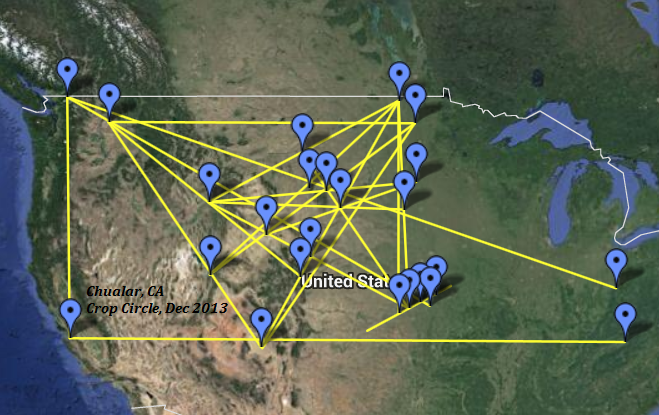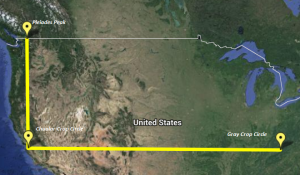I decided to put together this FAQ page after I received a note from Colin Andrews, who was, in a roundabout way, involved in my first crop circle experience in 1995:
In brief Stace, I think your alignments are very interesting indeed but as is always the case with engineers like myself, we like to see all the parameters present. Drawing a straight line on a 2D flat map isn’t the same as a line of alignments which take into account the Earth’s curvature. Have you done that? …[I]f you have and see this level of accuracy and alignment then I would suggest you publish and challenge peers to comment.
Colin’s question made me realise that while I take FMAs for granted, the idea of a flat-map alignment can be confusing. So in the interest of facilitating understanding, here is a beginning list of common questions with the best answers I can provide, which I hope will clarify what these alignments are and why they are so critically important:
Once a basic understanding of the FMAs is achieved, one can see that the enigmatic Other Intelligence involved with crop circles not only exists, but is contacting us in a way that is evidence of its authenticity.
FLAT-MAP ALIGNMENTS: Frequently Asked Questions
What is a Flat-Map Alignment? A Flat-Map Alignment (FMA) is a visual representation of an abstract connection between two or more locations, created by drawing lines between significant points on a flat map (as opposed to a spherical map) in a way that carries information. As such, FMAs are a novel form of communication.
A stand-alone alignment such as the TIP Line has three or more points, whereas a connecting alignment like the Chualar Braille Number Sign runs parallel to and/or intersects established alignments.
Who is communicating through FMAs? FMAs seem to come from a relatively omniscient non-human source – quite possibly the otherworldly intelligence involved with crop circles that so many of us have experienced contact with for decades. I usually call this presence the Other Intelligence.
Do FMAs depict literal alignments between place points? Flat-Map Alignments, by definition, are not representative of lines drawn on a curved surface; therefore, the FMAs and the shapes they create are not to be confused with the same lines and shapes as they would appear plotted on a sphere.
How do FMAs express ideas? The symbolic and abstract geometric configuration resulting from FMAs produces “writing” which appears on the “writing surface” of the flat map. Each place point contributes something unique and essential to the bigger picture, much like each section of an essay ultimately contributes to the expression of an overall thesis. Each grouping of place points in a complex such as the All-in-One Alignments can be deciphered as a phrase or idea informed by each individual point.
I hope to add to and improve this list over time.
STACE TUSSEL COLLIGAN


